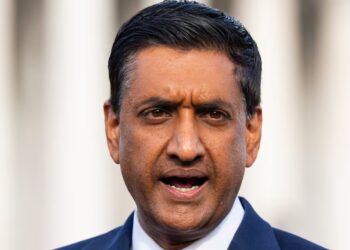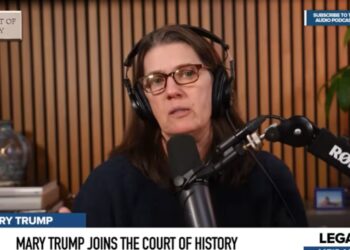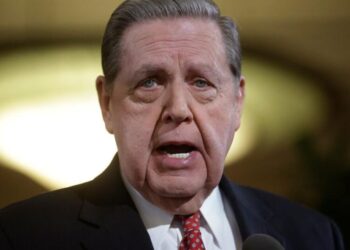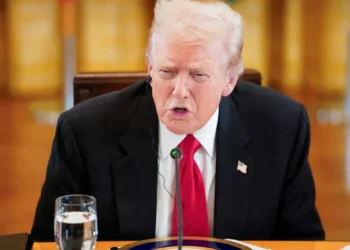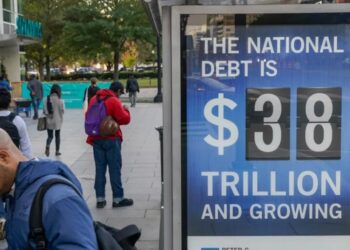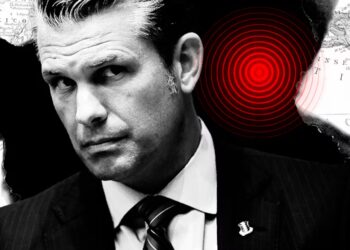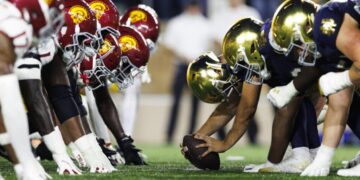Dem Epstein Crusader Says Royals Should Pay Out Victims
Democratic Rep. Ro Khanna said that the Royal family bears responsibility to compensate the victims of Jeffrey Epstein. Khanna, a...
Mary Trump Goes Scorched Earth Over ‘Loser’ Uncle’s Kennedy Center Naming
Donald Trump’s niece has added her own vitriolic words to the mountain of criticism against the president’s choice to add...
Ro Khanna Suggests Royals Should Pay Epstein Victims
Democratic Rep. Ro Khanna said that the Royal family bears responsibility to compensate the victims of Jeffrey Epstein. Khanna, a...
Jeffrey R. Holland, next in line to lead Mormon church, dies at 85
SALT LAKE CITY — Jeffrey R. Holland, a high-ranking official in the Church of Jesus Christ of Latter-day Saints who was next...
Hundreds of Flights Canceled at New York Airports, Even With a Few Inches of Snow
Forecasters had predicted that as much as nine inches of snow would fall in the New York area on Friday...
New York flu cases hit all-time high as infections surge statewide
New York is getting slammed by the flu. The state logged 71,123 positive flu cases in the week ending on...
‘Big Brother’ star Ashley Hollis shares last text with Mickey Lee just days before her tragic death
“Big Brother” alum Ashley Hollis revealed she tried to bury the hatchet with Mickey Lee in their last texts before...
Hundreds mourn in Syria’s Homs after deadly mosque bombing
HOMS, Syria — Hundreds of mourners gathered Saturday in the rain and cold outside a mosque in the Syrian city of Homs...
Republicans fretting over Trump ‘acting like old people’: analysis
David Drucker, senior correspondent for the conservative Washington Examiner, told an MS NOW panel that President Donald Trump’s ‘old people’...
After U.S. debt soared to $38 trillion, the ‘easy times’ are now over as hedge funds jump into the bond market, former Treasury official warns
The holders of U.S. debt have shifted drastically over the past decade, tilting more toward profit-driven private investors and away...
